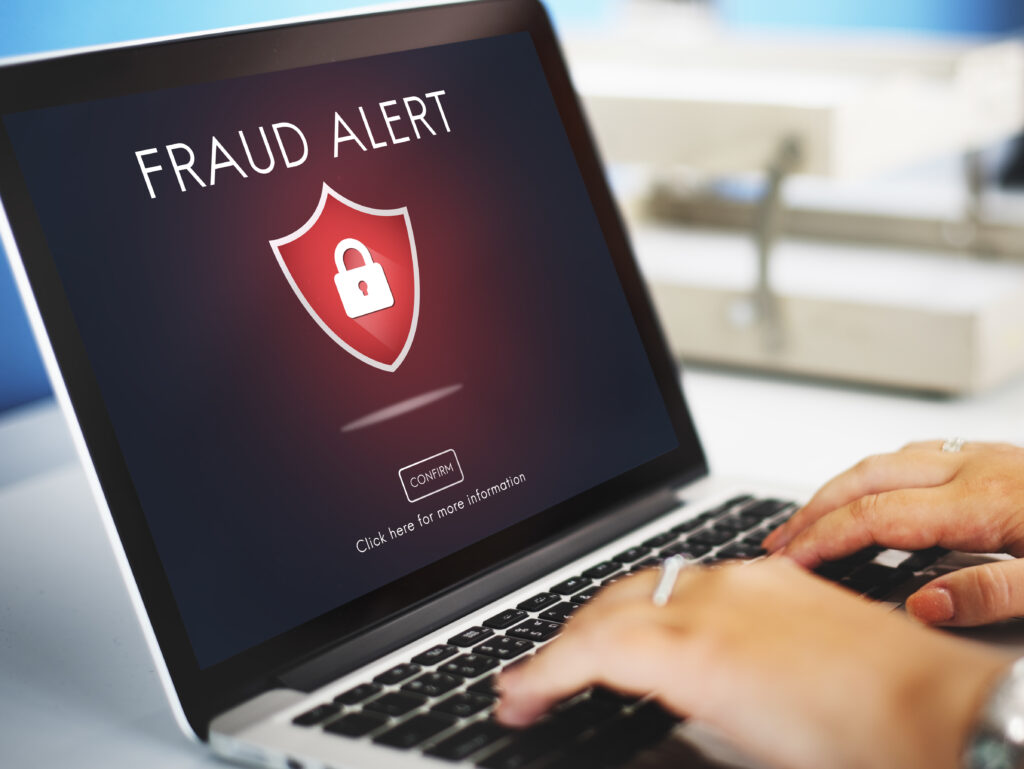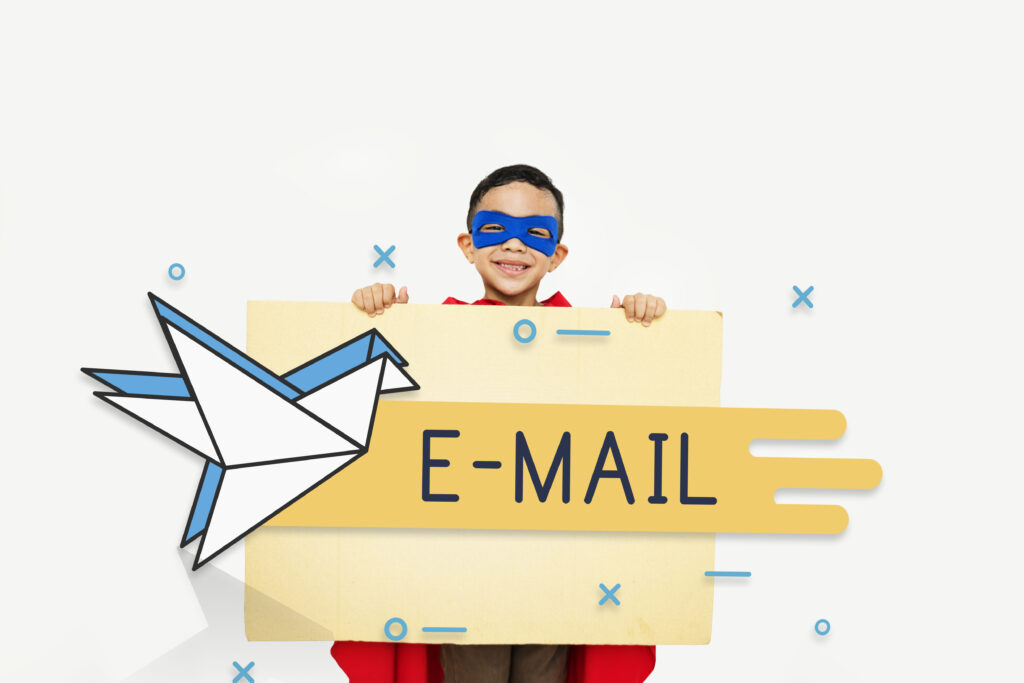In an age where most of our interactions have shifted to the digital realm, email remains a fundamental communication tool. From personal correspondences to crucial business transactions, emails play a vital role in our everyday lives. With this increasing reliance on email, ensuring the security and accuracy of email addresses is paramount. That’s where email verification comes into play.



Why is Email Verification Important?

Email verification is the process of confirming the accuracy and legitimacy of an email address. It is a vital aspect of online security, data quality, and overall user experience. Here are a few key reasons why email verification is crucial
1. Reducing Bounce Rates:
Sending emails to invalid or non-existent addresses results in bounce-backs. High bounce rates can harm your sender reputation and may lead to your emails being marked as spam.
2. Protecting Against Fraud:
Email verification helps protect against fraudulent activities. By ensuring that the email addresses you collect are valid, you can reduce the risk of scams and fake accounts.
3. Enhancing User Experience:
Accurate email addresses lead to a better user experience. Users receive the information they expect, and it fosters trust in your communication.
4. Data Quality:
Accurate data is the foundation of effective communication and marketing efforts. Email verification helps maintain data quality by removing invalid addresses from your list.
5. Compliance with Regulations:
Many data protection regulations, such as GDPR, require that you maintain accurate and up-to-date user information. Email verification helps you adhere to these regulations.
How Email Verification Works:
Email verification typically involves a multi-step process, including:
1.Syntax Check: Verifying that the email address is correctly formatted and doesn’t contain
2.Domain Check: Confirming that the domain of the email address (e.g., example.com) exists and is capable of receiving emails.
3.MX Record Check: Verifying the presence of Mail Exchange (MX) records for the domain to ensure it’s a functional email server.
4.SMTP Check: Connecting to the recipient’s mail server and checking if the email address can receive messages.


Implementing Email Verification:
You can implement email verification through various means, including using third-party email verification services, plugins for your website, or custom development. The method you choose should align with the size and needs of your organization.
Conclusion:
Email verification is not just about data accuracy; it’s an essential tool for safeguarding your online communication and protecting your online presence. By implementing email verification processes, you can ensure that your email list is clean, trustworthy, and free from invalid addresses. This not only improves the effectiveness of your email marketing but also upholds the security and integrity of your digital operations.
